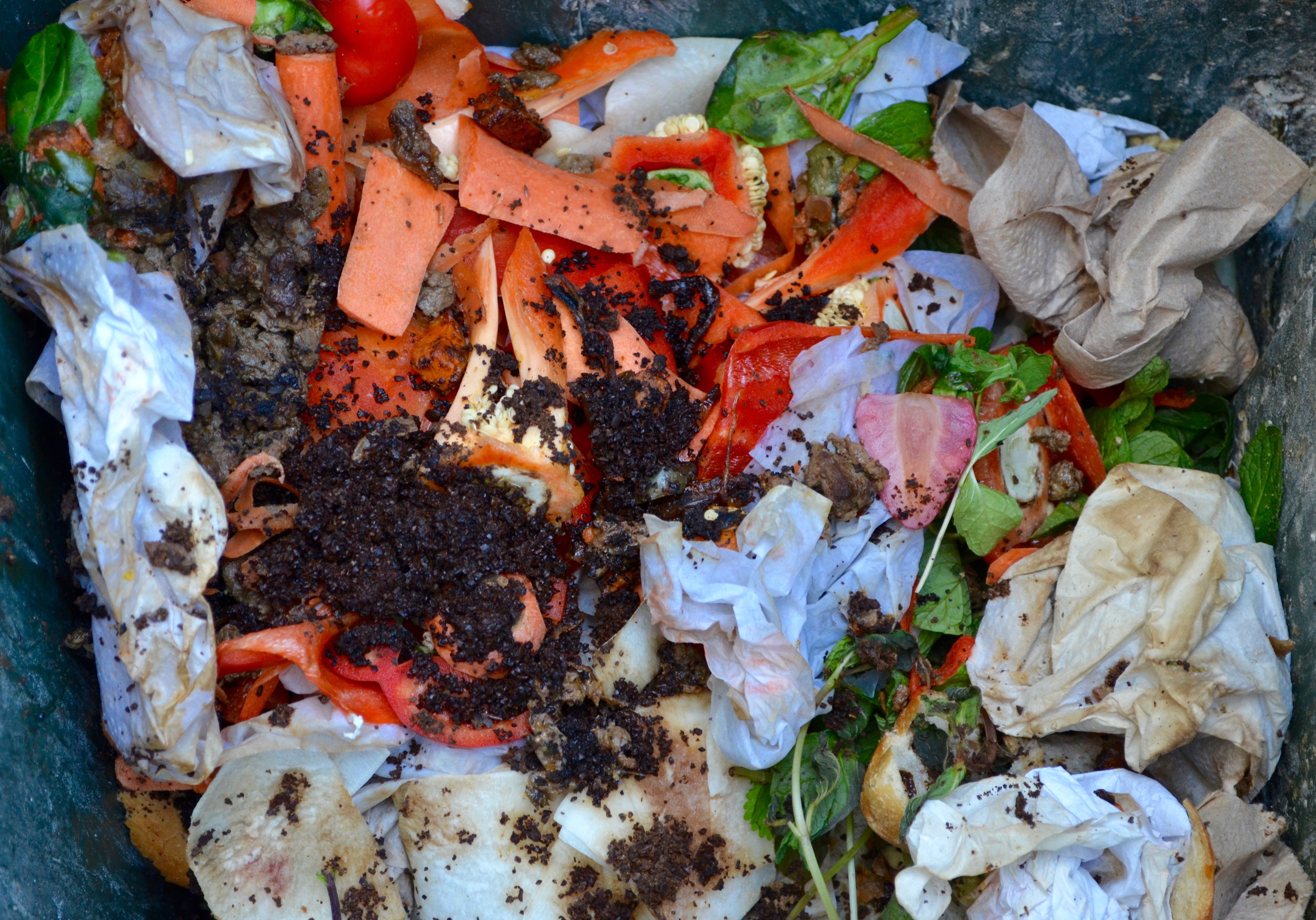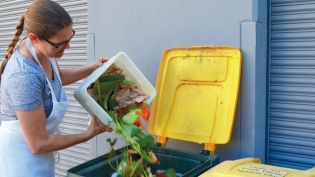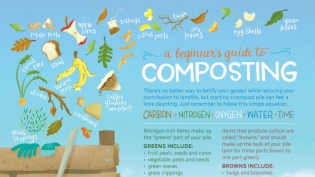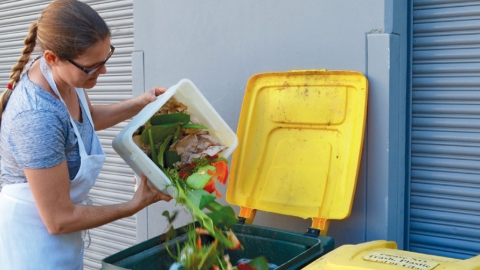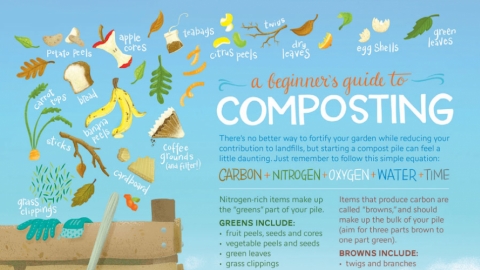Organics Recycling Law Summary
Who: Businesses, defined as commercial or public entities, for-profit and nonprofit associations, strip malls, industrial facilities, schools, school districts, colleges, government agencies or large multifamily residential dwellings.
What: All organic waste, including food, landscape and pruning waste, nonhazardous wood (such as a wooden pallet that hasn’t been treated with hazardous chemicals) and food-soiled paper mixed in with food waste (such as napkins, paper towels, paper food wrappers and bags).
When: Compliance deadlines depend on the amount of waste a business generates.
April 1, 2016: Businesses that generate eight cubic yards or more of organic waste per week (for frame of reference, commercial trash dumpsters are typically between three and six cubic yards).
Jan. 1, 2017: Businesses that generate four cubic yards or more of organic waste per week.
Jan. 1, 2019: Businesses that generate four cubic yards or more of commercial solid waste per week (the total volume of waste generated weekly, not just organic waste, must be considered when determining if the rule applies).
How: Businesses covered by the rules either must subscribe to an organic waste recycling service, recycle organic waste onsite or self-haul organic waste for recycling.


